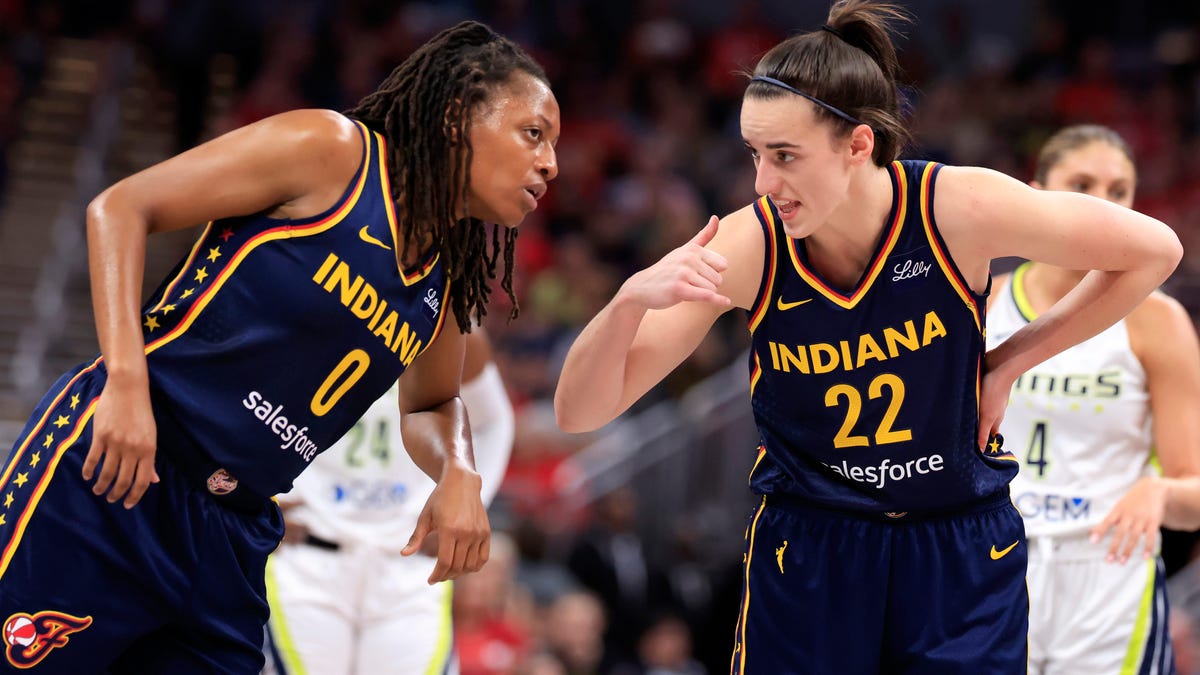Tech
FDA Announces Authorization Of ‘Hearing Aid Software Device’ Following AirPods Pro News

The FDA on Thursday paved the way for AirPods Pro becoming hearing aids.
The Food and Drug Administration (FDA) made a big announcement on Thursday, decreeing it has authorized Apple’s forthcoming hearing aid functionality for AirPods Pro 2. The federal agency writes it has blessed what it characterized as “the first over-the-counter (OTC) hearing aid software device.” News of the software’s authorization comes mere days after Apple announced the feature at its annual September special event.
Of particular import, the FDA notes in its press release Apple’s hearing aid feature is intended only to “amplify sounds for individuals 18 years or older with perceived mild-to-moderate hearing impairment.”
“Hearing loss is a significant public health issue impacting millions of Americans,” Michelle Tarver, acting director of the FDA’s Center for Devices and Radiological Health, said in the FDA’s announcement. “Today’s marketing authorization of an over-the-counter hearing aid software on a widely used consumer audio product is another step that advances the availability, accessibility and acceptability of hearing support for adults with perceived mild to moderate hearing loss.”
I’ll have more to say about AirPods and hearing aids in another story soon. For now, it’s worth repeating what I wrote yesterday about the significance of Apple’s hearing aid feature. Not only is the company providing a clinically sound hearing test along with easily digestible results, that AirPods—already firmly entrenched in the cultural zeitgeist as the earbuds du jour—will soon be transformed into bonafide hearing aids will singlehandedly change the stigma over wearing hearing aids. As I wrote yesterday, traditional hearing aids historically have been boring, beige boxes which may help one hear better—but don’t look good doing it and, in Alton Brown’s parlance, are a unitasker. They’re decidedly uncool. By contrast, AirPods are very cool. They’re first and foremost passive listening devices for music, podcasts, audiobooks, and more. They have active noice cancelling and modes for transparency, conversations, and more. They’re accessible with their airtight integration with assistive technologies such as the VoiceOver screen reader. The bottom line is clear: for a person with hearing loss who’s knee-deep in the Apple ecosystem, soon there will be no better earbuds (or hearing aids) on the market to buy than AirPods Pro. Full stop.
Obviously, there are caveats. For one thing, the FDA is explicit in its messaging today that AirPods’ hearing aid feature is designed for people with mild-to-moderate hearing loss. For people with more severe loss, a prescription hearing aid will be the better device. Secondarily, it remains to be seen (or rather, heard) how effective Apple’s software proves to be in practice. However hugely significant this week’s news is, there are bound to be issues with Apple’s implementation—especially considering this is the company’s first pass at this work. It isn’t a knock on Apple’s acumen or ambition; it’s merely an acknowledgment that nothing ever is perfect. Moreover, while it’s true AirPods are unique in its performance and versatility, there are over-the-counter hearing aids available—one example being Okra, led by ex-Apple engineer Ben Sun—that can do other computer-y things like play music in a form factor mimicking AirPods’ design. For its part, Okra has been covered in this column on multiple occasions, most recently last November when I spoke with Sun about the company’s second-generation model of its Okra One device.
As a byproduct of Apple’s and the FDA’s respective announcements is the buoying accessibility—and by extension, the disability community—is getting in the mainstream tech media. From TechCrunch to The Verge and beyond, outlets are picking up the hearing aid story. At its core, that AirPods are getting hearing aid functionality is all about accessibility. Hearing aids help people with less-than-optimal aural skills hear better. Disability coverage in journalism, in tech and elsewhere, always lags far behind other facets of social justice reporting like race and sexuality.
That Apple is leveraging AirPods as a Trojan horse to improve people’s hearing health is adroit given its focus on health monitoring with Apple Watch. This is a continuation of that trend by expanding the aperture to a new device. From a journalistic standpoint, Apple is Apple—anything they do makes headlines in one way or another. In the context of AirPods and hearing aids, it’s heartening to see such enthusiastic coverage of the development in the media over the last few days. It’s not trivial given how, again, earnest coverage of accessibility in technology typically leaves much to be desired in breadth and particularly in terms of depth.









